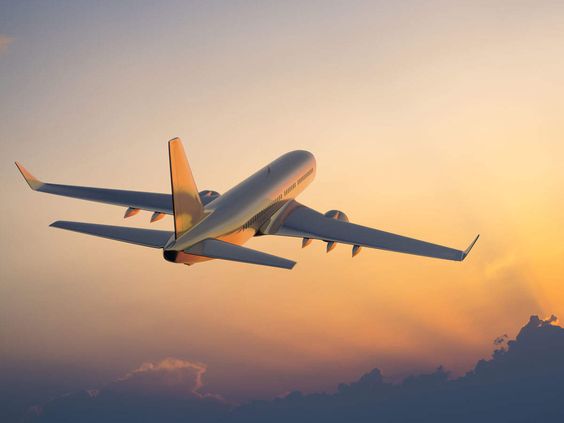Why pilots think deeply about time.

Piloting is a career governed by rules and regulations. There are lots of “behind the scenes” things that pilots do to abide by the rules, and keeping track of time for various regulatory reasons provides some interesting insights. Here are a few time-related “pilot rules” that you might not think about as a passenger.
Keeping an eye on the clock
On a typical day, pilots care about time as much as anyone with a schedule to keep. Their eyes are on the clock as the hotel van or scheduled departure time approaches. Once the flight pushes back, time isn’t much of a factor, assuming that operations are normal. However, delays and extended duty periods necessitate that pilots stay very wary of the time.
Fuel management
A flight that pushes back from its gate on time might be subject to an extended ground delay at its departure airport if the destination is experiencing operational difficulties, such as thunderstorms. In all likelihood, the pilots and dispatchers have foreseen this issue and are working under the assumption that it’ll take extra time to get airborne due to ATC traffic management. From time to time, departure delays will pop up unexpectedly, and controllers tell pilots to expect a “release” in a specific three-minute window sometime in the future.

If delay fuel hasn’t been loaded, pilots keep a very close eye on the clock as a cue for engine starting and taxiing. For instance, a flight from San Jose, California to Los Angeles International might receive a 25-minute ground hold after pushback for traffic management. Pilots will taxi out on one engine and delay the second engine start until a few minutes before their takeoff time.
Pilots need to be careful to build in enough warm-up time (engines need to run for 2-3 minutes after starting and before takeoff) considering that they might be released up to three minutes earlier than originally quoted by the controller.
It would be easy enough to start both engines well in advance of their takeoff time, but when fuel is tight, pilots need to manage their taxi-out burn very carefully. If they started both engines too early, they might burn enough fuel to take them below their planned takeoff amount. In this scenario, a return to the gate would be required, and their departure time would be voided.
Duty time
Pilots watch the clock with increased attentiveness as they near their duty period limits. A daily maximum duty time is determined by many factors, including the start time and number of flights that day. The bottom line is that duty limitations cannot be violated. Based on conversations with their schedulers, dispatchers, and their own regulatory knowledge, pilots know what their latest wheels-up time is to operate the flight legally. If they can’t get off the ground before this time, they must return to the gate.
Folks within the industry usually accommodate crews on the verge of timing out. The affected crew will usually let the ground controller know, and they will do everything possible to expedite their taxi or cut lines.
At larger airports, pilots who only have a few minutes and are stuck in a line of planes waiting for departure might receive an intersection takeoff, performance allowing, or cross-over the runway and taxi in a non-standard route to get to the pole position for departure. There’s a tacit understanding among pilots and controllers that whatever can be done should be done to get passengers to their destinations that day.
Time flies
The lion’s share of flights are flown on or ahead of schedule. During normal operations, time isn’t as crucial for pilots to consider because their flight plans and block times have factored in everything from taxi out, in-flight, taxi in, and minor delays. It’s when the operation takes an irregular turn that pilots have to focus on the clock to ensure they’re working within the rules.
Source: simpleflying.com

Warning: Illegal string offset 'cookies' in /home/u623323914/domains/eng.bayviet.com.vn/public_html/wp-includes/comment-template.php on line 2564